2019 Mercedes EQA EV
The EQA hatchback gets batteries of various outputs, topping out at more than 200 kilowatts, powering a motor in front and in back, with a…
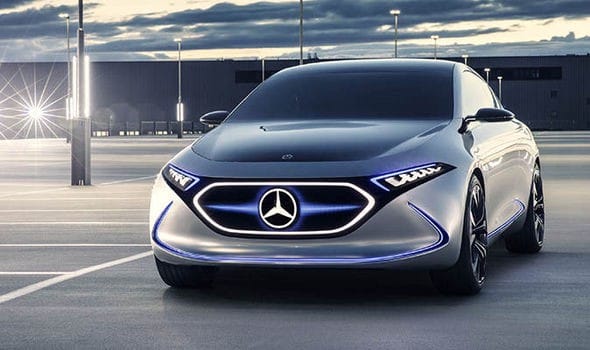
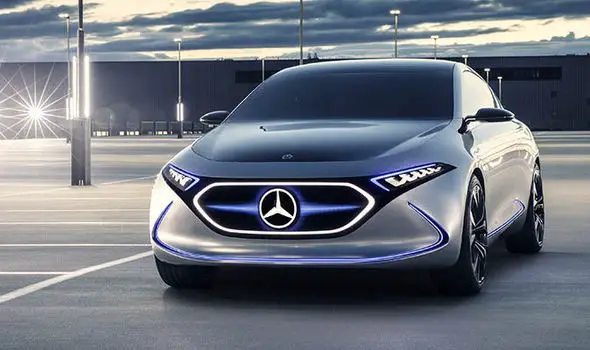
The EQA hatchback gets batteries of various outputs, topping out at more than 200 kilowatts, powering a motor in front and in back, with a possible maximum torque of more than 368 pound-feet and a 0-60 time of around 5 seconds. And all with a possible maximum range of around 250 miles on a charge.
This is the Mercedes EQA a four-wheel drive electric car that will sit below the EQC SUV in the German firm’s range.The way the EQA drives is likely to more of a revolution than how it looks. It’s electric motors is completely silent making the electric Mercedes an extremely relaxing car to drive in town.
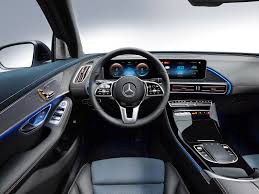
No noise doesn’t mean no performance, though, with the equivalent of 270 horsepower about what you get in a Hyundai i30N Performance hot hatch and the instant torque of its electric motors.And, with no gear changes to worry about and a clever, computer-controlled four wheel drive system laying the power onto the road, achieving that time will require no more effort than pushing your foot to the floor and hanging on.
The EQA has a three-door layout in concept car guise, insiders suggest the production version will have a five-door hatchback layout, with accommodation for up to five people in an interior they say is “considerably larger” than that of the A-Class, owing to the packaging advantages provided by its electric drive line.
The high-tech front end also acts as a virtual radiator grille. It is programmed to alter the appearance of the new car dependent on the driving mode. In Sport, it depicts what Mercedes describes as a flaming horizontal wing, with a blue hue extending out from an over sized three-pointed star emblem. In Sport Plus, the black panel changes its look to mimic the shape of the Panamericana grille of AMG models.
A similar treatment black panel treatment is used at the rear, where it visually extends the depth of the rear window and serves to house the Concept EQA’s full-width OLED tail-lights.The blue hue of the grille is mirrored in a series of LED lights within the outer and lower sections of the front bumper, the side sills and rear bumper. EQA has a smooth aero-cheating look, including the loss of the windscreen wipers, the adoption of a remote opening function in place of conventional door handles and a darkened glass roof.
The Mercedes EQA is expected to get a spacious interior thanks to the neater packaging offered by an electric motor and batteries. Expect to get a completely flat floor in the back that’ll free up plenty of space for two tall adults and a boot that is square and easy to load.
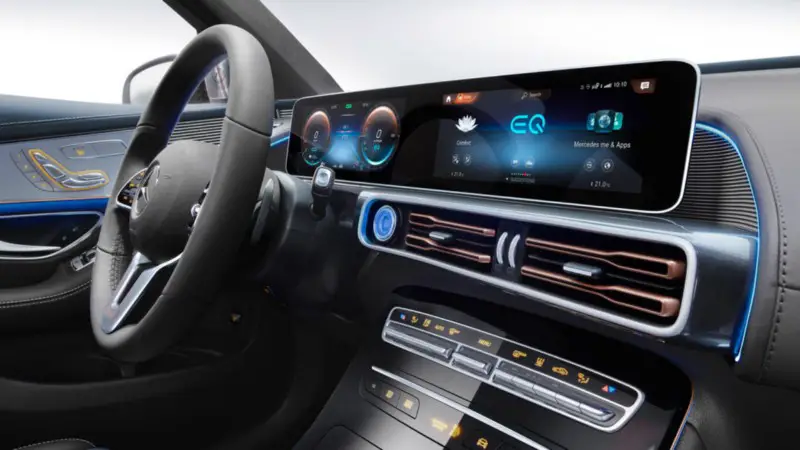
The EQA gets a pair of huge infotainment screens and Mercedes’ MBUX operating system with an advanced voice activation system. The sat-nav, meanwhile, will have features unique to the EQA,such as an ability to factor in the car’s range and recommend stop off points for charging if needs be,and features you get in other Mercedes, including the brilliant augmented reality sat nav directions from the A-Class.
At 4285 mm in length, 1810 mm in width and 1428 mm in height, the EQA is a scant 14 mm shorter, 30 mm wider and 6 mm lower than the existing third-generation A-Class. It also uses a wheelbase that is 30 mm longer than the entry-level Mercedes model at 2729 mm.
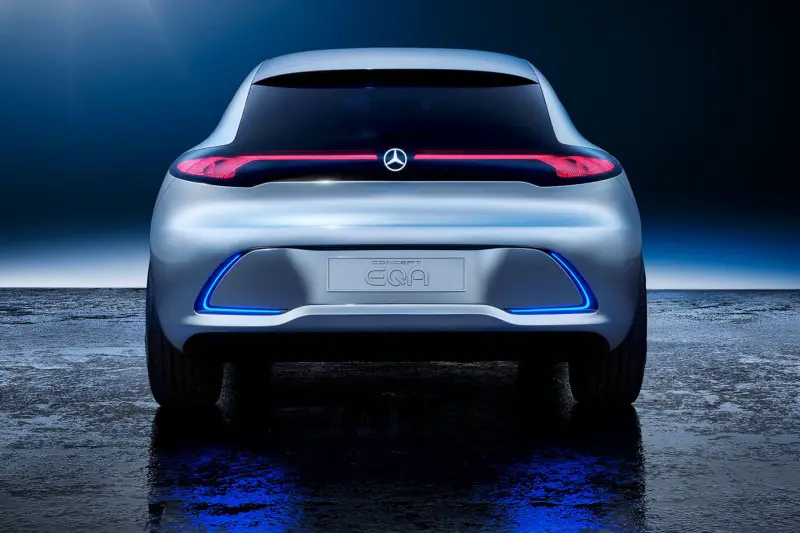
With a four-wheel-drive system supporting variable torque distribution between the front and rear axles and a battery pack mounted low down within the floor structure, Mercedes is already talking up the dynamic qualities of the upcoming production car, which it hints will offer different driving modes. In the EQA, the driver can choose between Sport and Sport Plus to vary the torque distribution front to rear.
The EQA has been conceived to run a 60 kWh lithium ion battery to be produced by Mercedes sister company Accumotive. It is claimed to endow the entry-level electric car with an overall range of 250 miles and can be charged either via traditional plug-in or induction means, with officials claiming 10 minutes if charging is sufficient to produce an added 62 miles of range on a high-voltage system.




